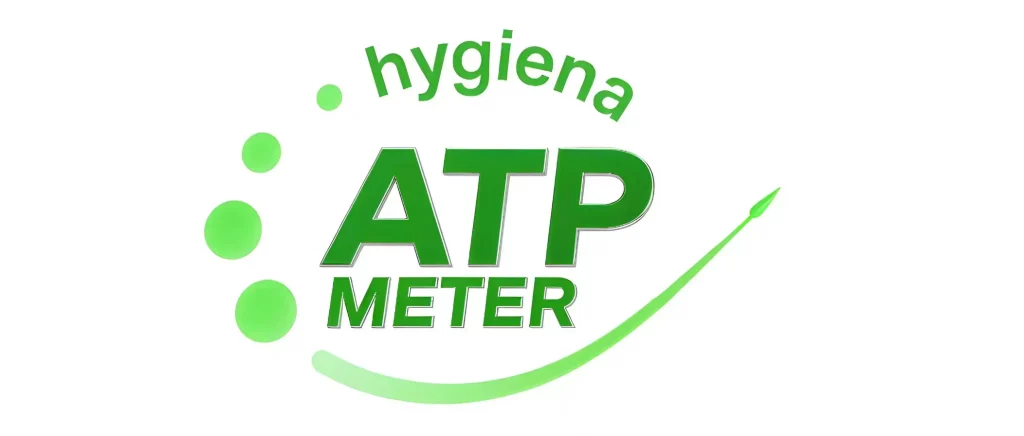Uncategorized
ATP Fluorescence Detector is Used in Hospital Disinfection
Core Role: Building an “Immediate Quality Control Line” for Hospital Disinfection
The core role of the ATP fluorescence detector is to rapidly quantify microbial residues, addressing the pain points of traditional disinfection effectiveness testing, which suffer from delayed and subjective results. This provides hospitals with a dual approach of “instant feedback + scientific verification” to ensure disinfection quality, ultimately establishing a critical quality control line of defense against nosocomial cross-infection. It transforms “invisible microbial contamination” into “quantifiable optical signal data,” enabling disinfection effectiveness to be assessed through data-driven control, rather than visual judgment or empirical evaluation. This directly contributes to hospital infection control goals and reduces the risk of infection between healthcare professionals and patients at the source.
Core Functions: Three Key Capabilities Support Disinfection Quality Control
1. Instant Detection: Breaking the Time Difficulty of Traditional Testing
- Based on the principle of ATP and luciferase-specific luminescence, this system delivers results in just 15 seconds, eliminating the 24-72 hour wait required by traditional microbial culture methods. This system allows for immediate assessment of disinfection compliance.
- Applications: Testing surgical instruments/operating tables 10 minutes before surgery, immediate verification after terminal disinfection in infectious disease wards, and rapid confirmation of emergency equipment disinfection, eliminating the risk of infection caused by delayed testing.
2. Accurate Quantification: Eliminating Subjective Misjudgment
- The system quantifies ATP content (an indicator of residual viable microorganisms) in relative light units (RLUs), allowing hospital-specific acceptance thresholds to be set (e.g., ≤5 RLU in the ICU and ≤10 RLU in general wards), eliminating subjective errors such as “clean surfaces equate to pass.”
- Core Advantages: Broad spectrum coverage of all living cells, including bacteria, viruses, and fungi. It can detect hidden contamination points like instrument crevices and button grooves, reducing the risk of missed detections with traditional swab sampling. It is particularly suitable for high-risk departments such as ICUs and neonatology.
3. Data Traceability: Enhances the Disinfection Quality Management System
- Supports storage of hundreds of test records, with data export and ledger generation via USB.
- Core Value: Provides data support for disinfection process optimization, facilitates inspections by health regulators, and quickly traces any omissions in the event of a hospital-acquired infection, assisting with infection control investigations.
Benefits: Empowering Hospital Operations and Safety in Multiple Dimensions
1. Infection Control: Reducing the Incidence of Hospital-acquired Infections (HAIs)
Immediately identify areas with substandard disinfection, reduce the spread of pathogens through hand contact and environmental contact, and directly reduce the risk of HAIs such as postoperative wound infections and urinary tract infections, particularly protecting immunocompromised populations such as cancer patients and newborns.
2. Work Efficiency: Reducing the Burden on Medical Staff and Logistics
- Easy to Use: Requiring only three steps: “sampling → lysis → testing,” medical staff and logistics personnel can master the technology after just one hour of training, without requiring specialized microbiology laboratory skills.
- Portable and Flexible: The handheld or desktop device (1-2 kg) can be moved to patient rooms, operating rooms, and other locations, eliminating the need for sample delivery. It is suitable for high-frequency, multi-site testing needs (such as after daily ward cleaning and instrument disinfection).
3. Cost Control: Reduce Ineffective Disinfection and Wasted Resources
Through data analysis, we accurately identify high-risk areas (e.g., ICUs) and ineffective disinfection methods (e.g., persistently high RLU values for a particular disinfectant). This prevents “over-disinfection” (e.g., unnecessary increases in disinfection frequency) and “ineffective disinfection” (e.g., use of ineffective disinfectants), reducing disinfection consumables and labor costs.
4. Compliance Management: Meet Industry Standards and Regulatory Requirements
Strictly adhere to the “Hospital Disinfection and Hygiene Standards.” Digital records can be used as direct evidence of disinfection quality compliance, enabling us to respond to surprise inspections and regular assessments by health regulators and avoid compliance risks caused by substandard disinfection.
